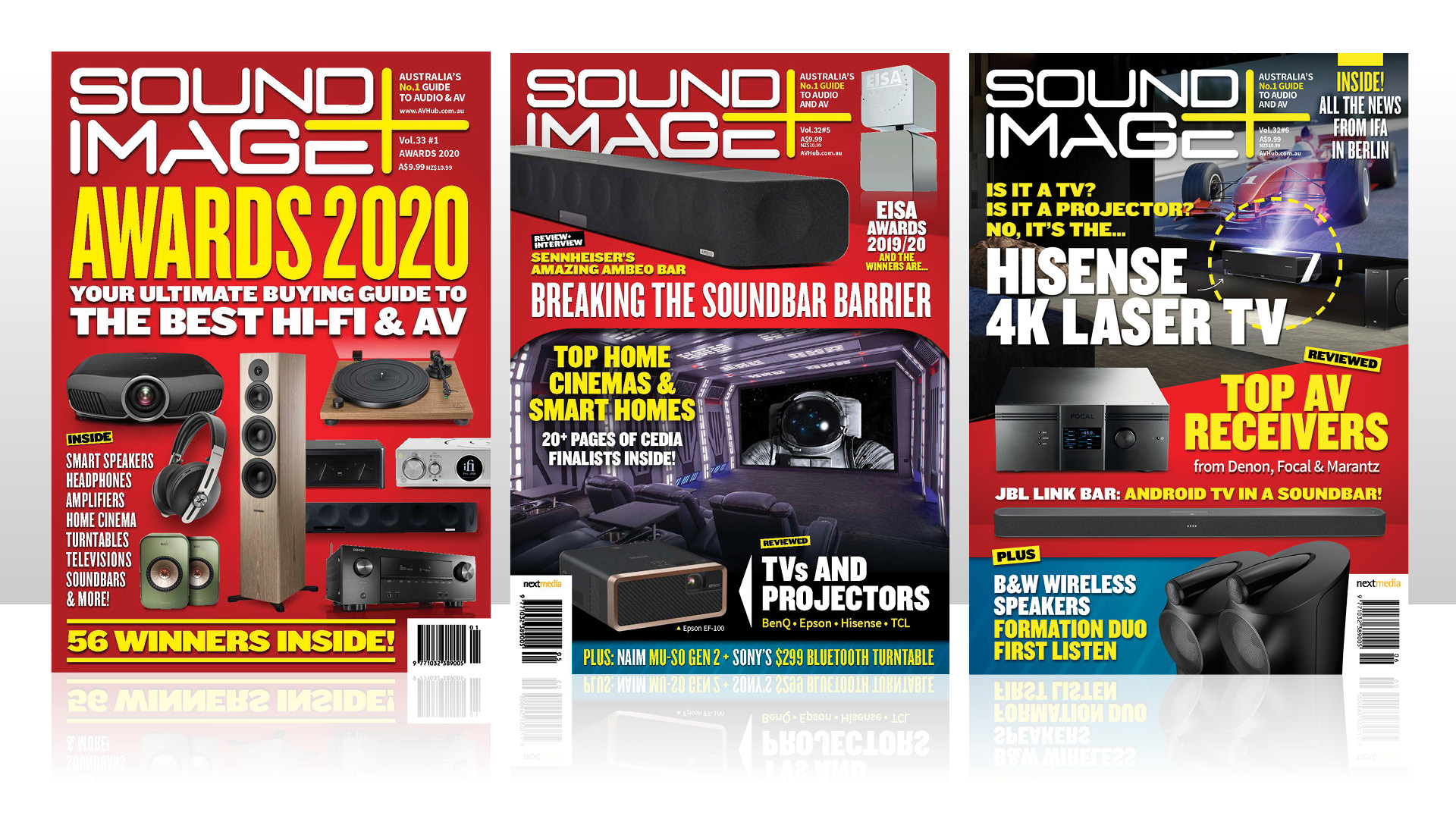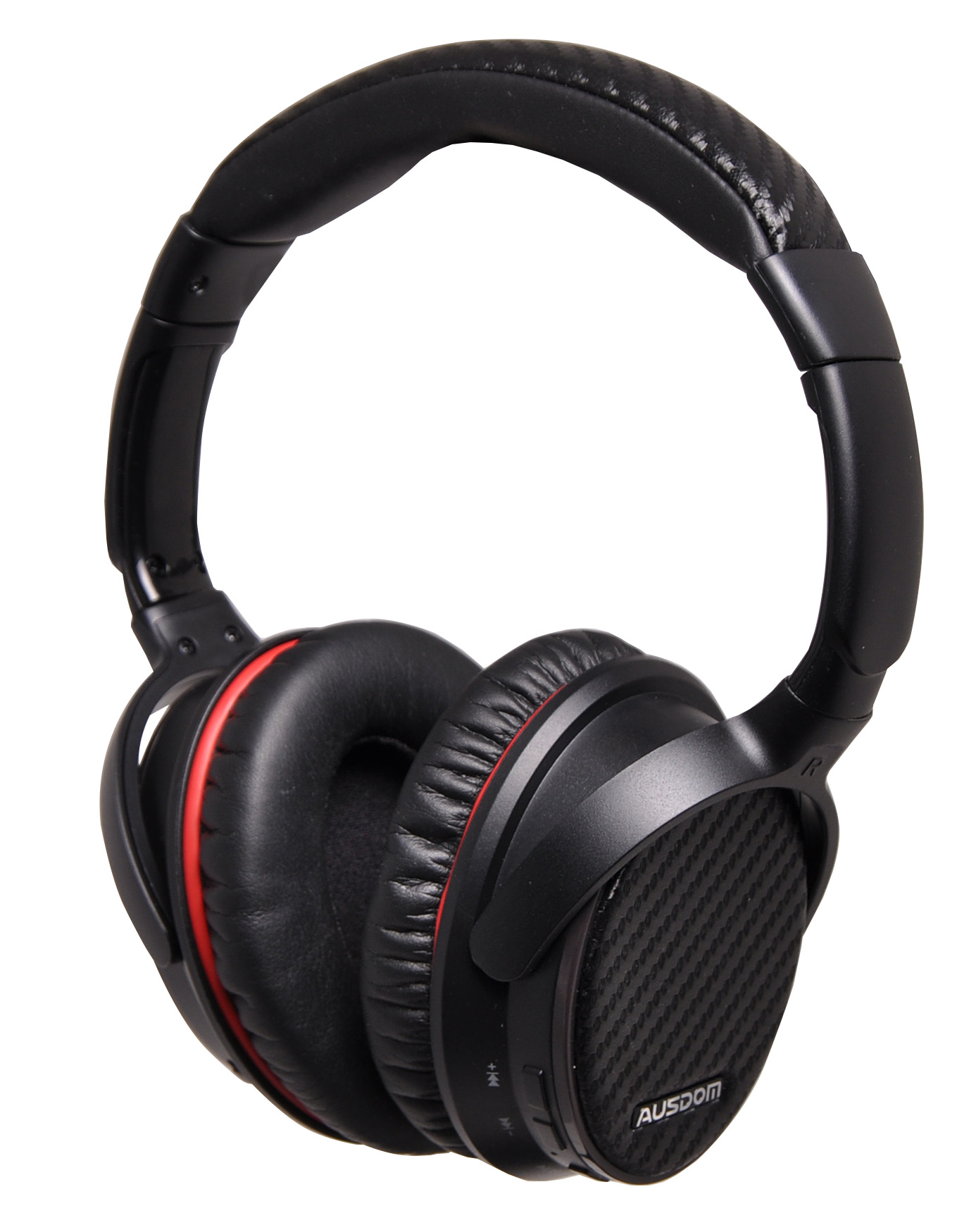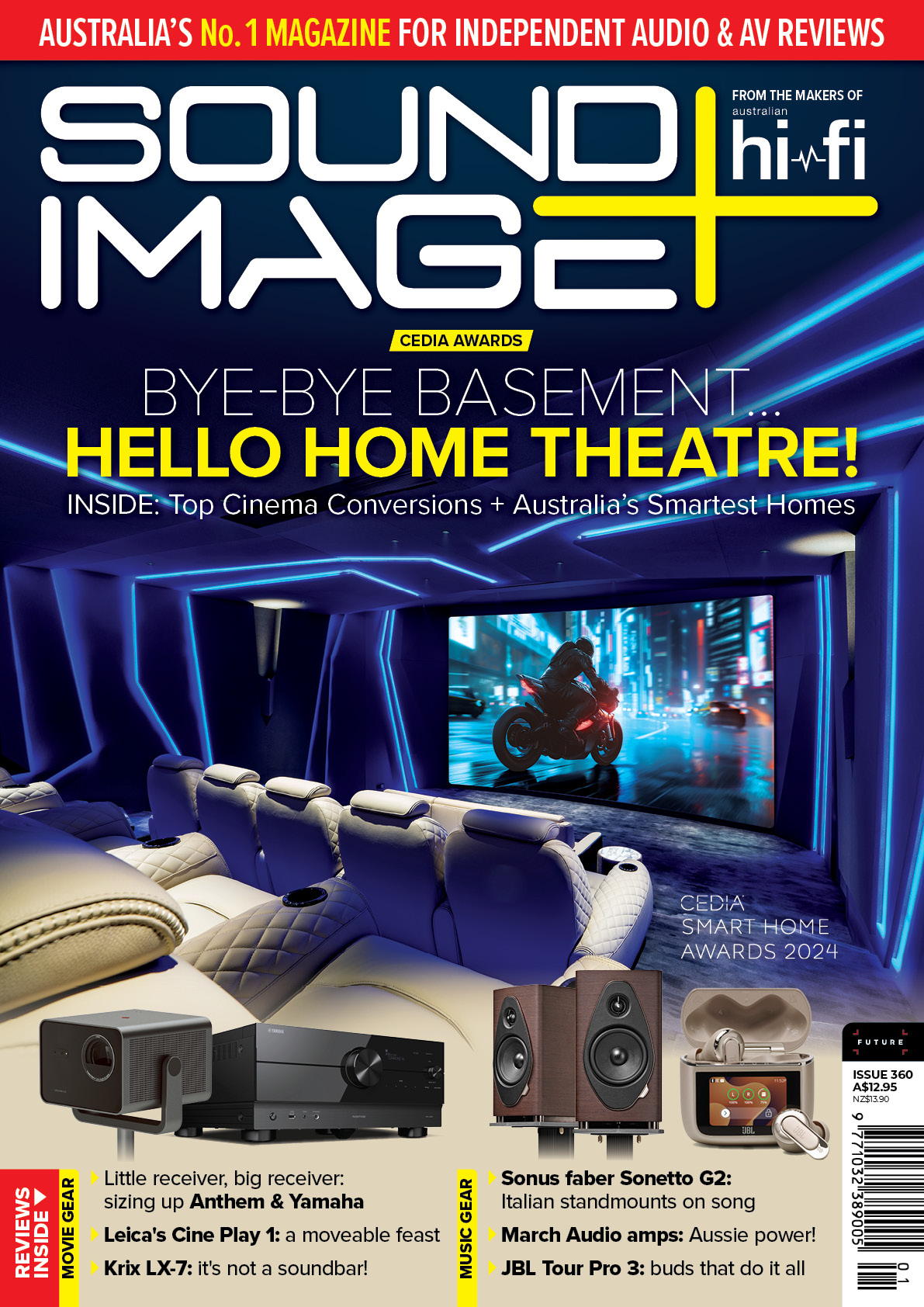Sound+Image Verdict
While the Ausdom ANC7S are a great option for those looking for noise-cancelling on the occasional flight or commute, their insanely low price starts to show in the overall audio quality.
Pros
- +
Possibly cheapest ANC cans available
- +
Lightweight and comfortable
- +
Easy, focused controls
Cons
- -
Noisy noise-cancelling
- -
Boxy audio lacks bass
Why you can trust What Hi-Fi?

This review originally appeared in Sound+Image magazine, one of What Hi-Fi?’s Australian sister publications. Click here for more information on Sound+Image, including details on how you can subscribe.
These wireless noise-cancelling headphones came to us from Altronics, the 44-year-old Perth supplier which still produces the chunky great mail-order catalogue which graced the shelves of every electronics hobbyist back in the 1980s. Altronics has also now moved online, of course, offering 9000+ products with everything from tiny parts to full consumer products, many of which appear a bargain.
Take these wireless noise-cancelling headphones, for instance. They're listed on Altronics site simply as the C9021A, although they are identified there and on the packaging as being the ANC7S by Ausdom, a company founded in California, with manufacturing and assembly in Shenzen, China.
Their price is just AU$139, making them far more affordable than premium noise-cancellers like the others in the market today. The question, then, is how much of that experience they can bring, and how much is lost in the compromises required to hit the wallet-friendly price.
Design
The Ausdoms certainly feel light, weighing in at 216g, and while this may reflect lower quality componentry, it also keeps them light on the head during wear. The main headshells are plastic, the over-ear cushions a comfy and soft fake leather tucked into a red ring, and the outer surfaces are slightly pliant and covered in a cloth layer patterned with light reflecting zigzags, as is the headband.
The headband is steel with plastic ratchets, though we found its maximum extension only just enough to get the headshells low enough for the biggest of our testers’ heads. They pivot flat for storage, although lack the extra hinge to fold inward to the foetal position. The Ausdoms come with a soft cloth bag and minimal packaging, a sensible place to save the pennies.
Controls are simple headshell buttons, straightforward to interpret — an on-off power switch, volume/skip buttons, and an on/off slider for noise-cancelling. There’s no variability available for the noise-cancelling, nor any ‘ambient passthrough’ mode, as is now the norm on premium models. Nor is there any ability to personalise their response via an EQ profile, and no smart extras like a button to invoke your phone’s voice assistant, or auto-pause when you remove the headphones.
We can’t say we much missed these extras, and indeed there’s something to be said for keeping it simple. The one easy early mistake is to turn off the noise-cancelling switch when you mean to power them down. But you quickly get used to that.
They charge via a micro-USB socket on the left headshell, and on power up there’s a lo-fi voice prompt to welcome you as the Ausdoms autoconnect to the last paired device, or on first use go straight into pairing mode. Their connection to our phone stayed strong throughout use.

Audio and features
Sound quality varies significantly when you turn noise-cancelling on. Without NC, they can sound a bit brash, their upper frequencies bright, the midrange leaving vocals in a boxy acoustic, and the bass underplayed. The opening twin basses on Lou Reed’s Walk On The Wild Side had none of their real resonance and depth, while Lou himself suffered a sibilant boxy vocal.
On a less acoustic mix like Tyler, The Creator’s Earfquake the synths sounded fine and fizzy, but the massive descending bass notes lost their lowest octave entirely, and again the vocal was strangely boxed in tone.
Flick the NC switch on and the tone is drastically softened, the mid and highs flattened down so that the bass regains something closer to its rightful position, though there’s a sense of compression and a general muffling of the overall openness.
The NC mode we found a reasonable listen over the rumble of a daily commute; it doesn’t assault your ears, and the music can make it through. The noise-cancelling circuit itself is actually rather noisy, with a light hiss as soon as you throw the switch, not that you’ll hear this if you’re in the noisy environments where the circuit is required.
Its effect is nowhere near class-leading, but it successfully reduces the lower frequencies of background rumble or aircraft drone, giving a quieter bed for your listening.
You can connect a cable should the quoted 12 hours of battery life fail you, but this is one pair of headphones where we won’t say that a better quality is delivered by cable; there’s more level available, certainly, but the sound was brighter still, and discouraged us from turning it up. The sound profile seems to have been optimised for Bluetooth use, and sensibly so, since that’s how they’ll be used the vast majority of the time.
Final verdict
So we found the sound not satisfying enough for a full recommendation here. As a commuting headphone, or to get you through the long-haul, they’ll do the job and deliver tunes or in-flight entertainment against a noise-reduced background. But they don’t deliver well-balanced music in quieter environments, so we wouldn’t recommend them for extended home or office use; you could get a far better sound for this money by going for non-NC from the major brands.
Sound+Image is Australia's no.1 mag for audio & AV – sister magazine to Australian Hi-Fi and to the UK's What Hi-Fi?, and bestower of the annual Sound+Image Awards, which since 1989 have recognised the year's best hi-fi and home cinema products and installations. While Sound+Image lives here online as part of our group, our true nature is best revealed in the print magazines and digital issues, which curate unique collections of content each issue under the Editorship of Jez Ford, in a celebration of the joys that real hi-fi and high-quality AV can bring. Enjoy essential reviews of the most exciting new gear, features on Australia's best home cinemas, advice on how to find your sound, and our full Buying Guide based on all our current and past award-winners, all wrapped up with the latest news and editorial ponderings. Click here for more information about Sound+Image, including links to buy individual digital editions and details on how best to subscribe.


